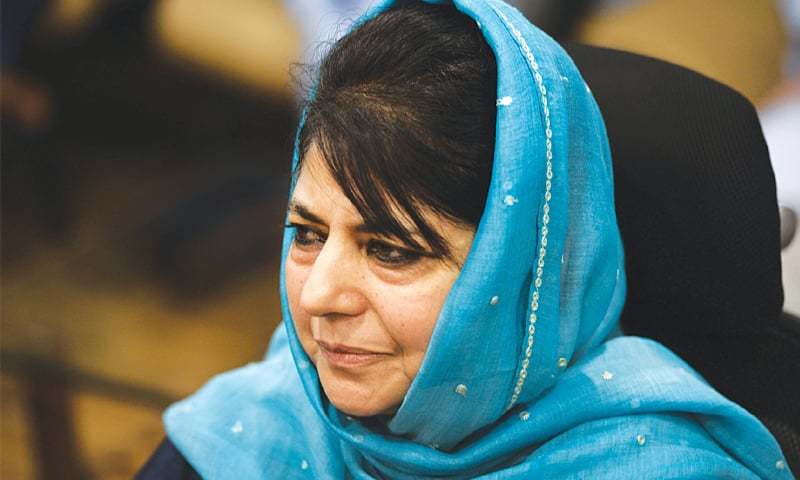Sheikh Mohammed approves Dh1b project to improve Dubai-Sharjah traffic
Sun 26 Feb 2017, 16:59:00
The Dubai Ruler has greenlighted the project that will also make travelling to the airport faster.
Vice-President and Prime Minister of the UAE, and Ruler of Dubai His Highness Sheikh Mohammed bin Rashid Al Maktoum has approved the award of a contract for the improvement of Tripoli Road in a 12 km stretch to provide a link between the Sheikh Mohammed bin Zayed Road and the Emirates Road at a cost of Dh500 million.
The project provides a parallel and supporting corridor to the Airport Road Improvement Project, which the RTA is currently implementing at a cost of Dh490 million. Thus, the total cost of both projects is almost Dh1billion.
Director General and Chairman of the Board of Executive Directors of Roads and Transport Authority (RTA) Mattar Al Tayer said: "The projects implement the directives of Vice-President and Prime Minister of the UAE and Ruler of Dubai HH Sheikh Mohammed bin Rashid Al Maktoum to immediately start construction of several projects and transit systems recently approved by His Highness. Such projects are essential to keep pace with the ongoing upswing witnessed by Dubai, meet the requisites of growth and demographic expansion, and bring happiness to people."
"The project aims to enhance the link between Dubai and Sharjah besides easing traffic congestions, streamlining traffic movement and stepping up safety along this corridor. Upon completion, the project will act as a parallel to Al Amardi-Al Khawaneej as well as Al Awir-Ras Al Khor corridors. The new project has an intake of about 12,000 vehicles per hour in both directions (6000 vehicles per hour per direction) and is set to ease the traffic flow on these two corridors by 30%.
"The project, which links the Sheikh Mohammed bin Zayed Road and Emirates Road, includes the widening of Tripoli Road over a 6.5 km stretch from the intersection with the Sheikh Mohammed bin Zayed Road (nearby Mirdif City Centre) up to the Academic City Road. It also includes the construction of a new 5.3 km road of three lanes in each direction from the intersection of the Academic City up to the Emirates Road. Thus, the overall length of the corridor is almost 12 km," he noted.
Director General and Chairman of the Board of Executive Directors of Roads and Transport Authority (RTA) Mattar Al Tayer said: "The projects implement the directives of Vice-President and Prime Minister of the UAE and Ruler of Dubai HH Sheikh Mohammed bin Rashid Al Maktoum to immediately start construction of several projects and transit systems recently approved by His Highness. Such projects are essential to keep pace with the ongoing upswing witnessed by Dubai, meet the requisites of growth and demographic expansion, and bring happiness to people."
"The project aims to enhance the link between Dubai and Sharjah besides easing traffic congestions, streamlining traffic movement and stepping up safety along this corridor. Upon completion, the project will act as a parallel to Al Amardi-Al Khawaneej as well as Al Awir-Ras Al Khor corridors. The new project has an intake of about 12,000 vehicles per hour in both directions (6000 vehicles per hour per direction) and is set to ease the traffic flow on these two corridors by 30%.
"The project, which links the Sheikh Mohammed bin Zayed Road and Emirates Road, includes the widening of Tripoli Road over a 6.5 km stretch from the intersection with the Sheikh Mohammed bin Zayed Road (nearby Mirdif City Centre) up to the Academic City Road. It also includes the construction of a new 5.3 km road of three lanes in each direction from the intersection of the Academic City up to the Emirates Road. Thus, the overall length of the
corridor is almost 12 km," he noted.
corridor is almost 12 km," he noted.
"The awarding of Tripoli Road project coincides with the construction of the Airport Road at a cost of Dh490 million whose completion rate has touched 30%. The project is part of a plan set by RTA for accommodating the projected growth in the number of passengers using the Dubai International Airport, which is expected to shoot to 92 million passengers by 2020. Thus the traffic study showed the importance of finalising the improvement of the Airport Road by 2017," continued Al Tayer.
"The project comprises the construction of bridges, a tunnel at the intersection of Marrakech, and bridges at the intersection of Rashidiya as well as the intersections of the Airport Rd. with Casablanca Rd. and Nad Al Hamar Rd. It also includes improving at-grade intersections and constructing a service road of three lanes in each direction to separate the traffic movement from and to Nad Al Hamar Rd. from the vehicular flow on the Airport Road starting from Rashidiya Intersection up to Marrakech Intersection. The project would contribute to increasing the capacity of the Airport Rd. by an additional 5000 vehicles per hour. It would also enhance the traffic safety level and reduce the journey time on the Airport Road from Sheikh Mohammed bin Zayed Road to Casablanca Road from 30 minutes to 5 minutes. The improvement of Rashidiya Intersection comprises the construction of a bridge on the Airport Road of three lanes in each direction; which is expected to slash the waiting time at the interchange from 13 minutes to less than one minute," commented Al Tayer.
"The upgrading of the Airport -Nad Al Hamar Roads junction encompasses the construction of an additional bridge of two lanes in each direction to serve the traffic coming from Nad Al Hamar Road heading towards the Airport Road. The project will ease the current snarls resulting from the overlapping traffic at Nad Al Hamar Intersection between the first circular left-bound slope stretching from Nad Al Hamar Road to the Airport Road. The second left-bound circular slope extends from the Airport Road to Nad Al Hamar Road. The vehicular traffic on the first circular slope would be restricted to U-turns in the direction of Nad Al Hamar Road," elaborated Al Tayer.
"The improvement of Marrakech-Airport Roads junction also includes the construction of a flyover of three lanes in each direction on the Airport Road along with a ramp stretching from the bridge directly to Terminal three of Dubai International Airport, thus eliminating the waiting at the light signal. A tunnel of two lanes in each direction is under construction to serve the leftward-bound traffic movement from the Airport Road to the direction of Marrakech Road, which reduces the waiting time at the junction from seven minutes to less than one minute.
"The upgrading of the Airport-Casablanca Roads Junction Intersection includes the construction of an additional single-lane bridge to serve the traffic from the Airport Road in the direction of Casablanca Road without waiting at the light signal. It also includes the construction of an alternative road for traffic coming from Al Garhoud enabling vehicles direct access to Terminal 1 and 3 of the Dubai International Airport, besides increasing the number of lanes of Casablanca Road in the direction of Al Garhoud from three to four lanes. The project would also reduce the total waiting time at Casablanca Road from three minutes to one minute, and ease tailbacks generated by the overlapping movement of vehicles heading towards Casablanca Interchange and those coming from Terminal 1 heading towards Casablanca Road," added the Director General and Chairman of the Board of Executive Directors of the RTA.
No Comments For This Post, Be first to write a Comment.
Most viewed from International
Most viewed from World
AIMIM News
Latest Urdu News
Most Viewed
May 26, 2020
Do you think Canada-India relations will improve under New PM Mark Carney?
Latest Videos View All
Like Us
Home
About Us
Advertise With Us
All Polls
Epaper Archives
Privacy Policy
Contact Us
Download Etemaad App
© 2025 Etemaad Daily News, All Rights Reserved.

.jpg)
.jpg)
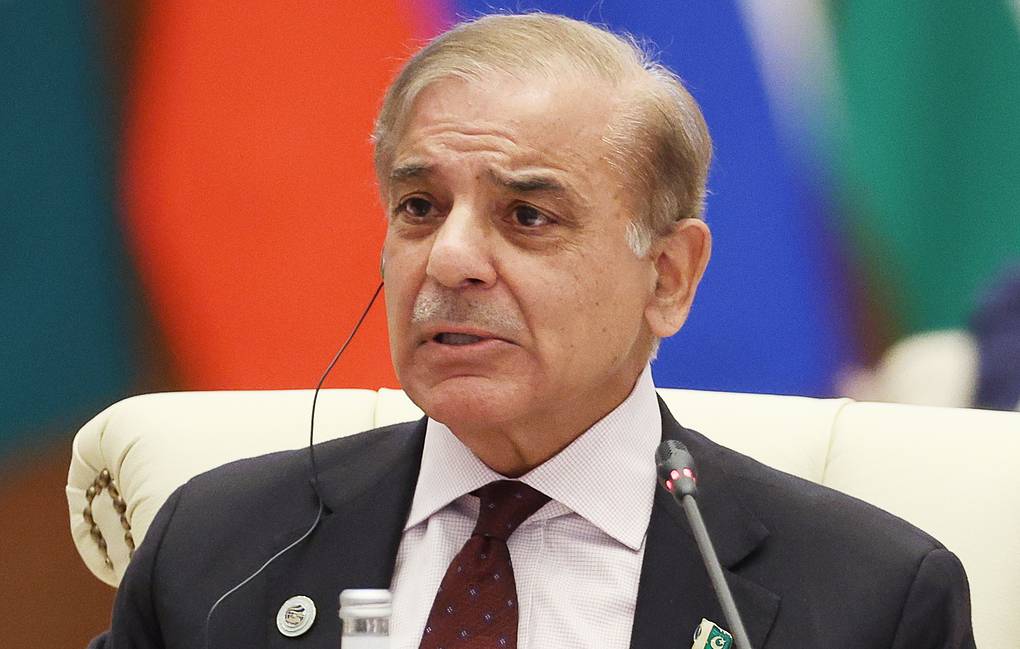
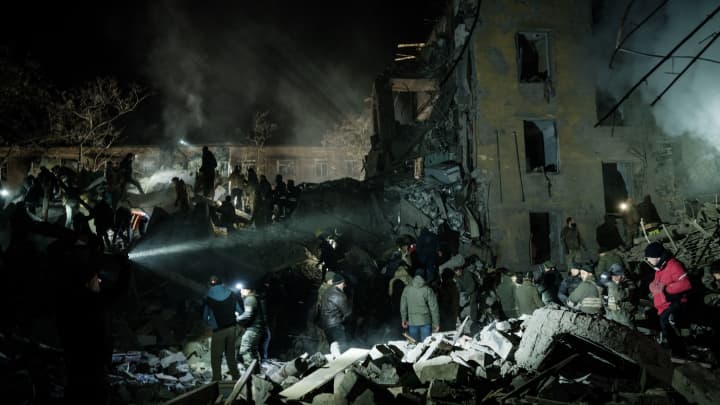
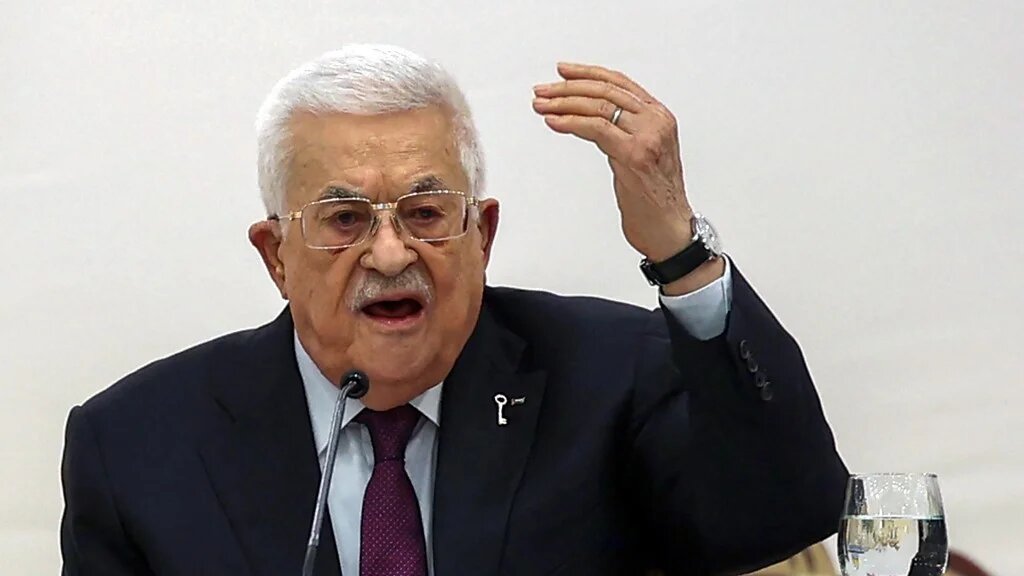

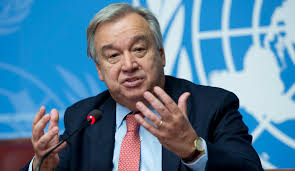
.jpg)
.jpg)


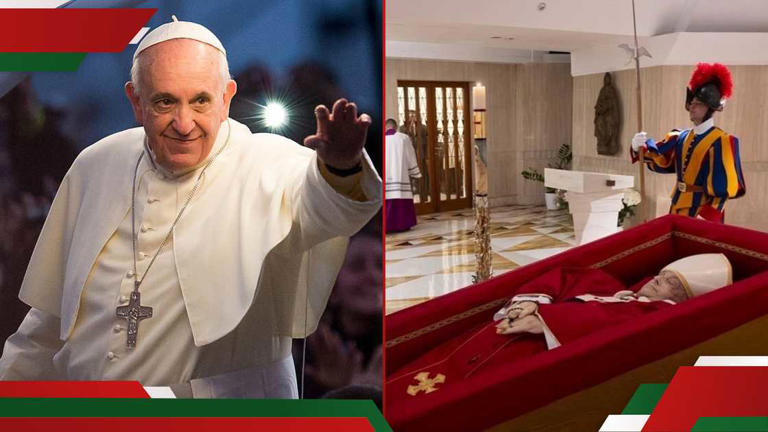
.jpg)
.jpg)
.jpg)
.jpg)
.jpg)
.jpg)
.jpg)
.jpg)
